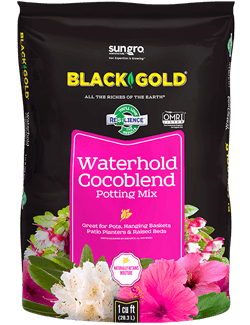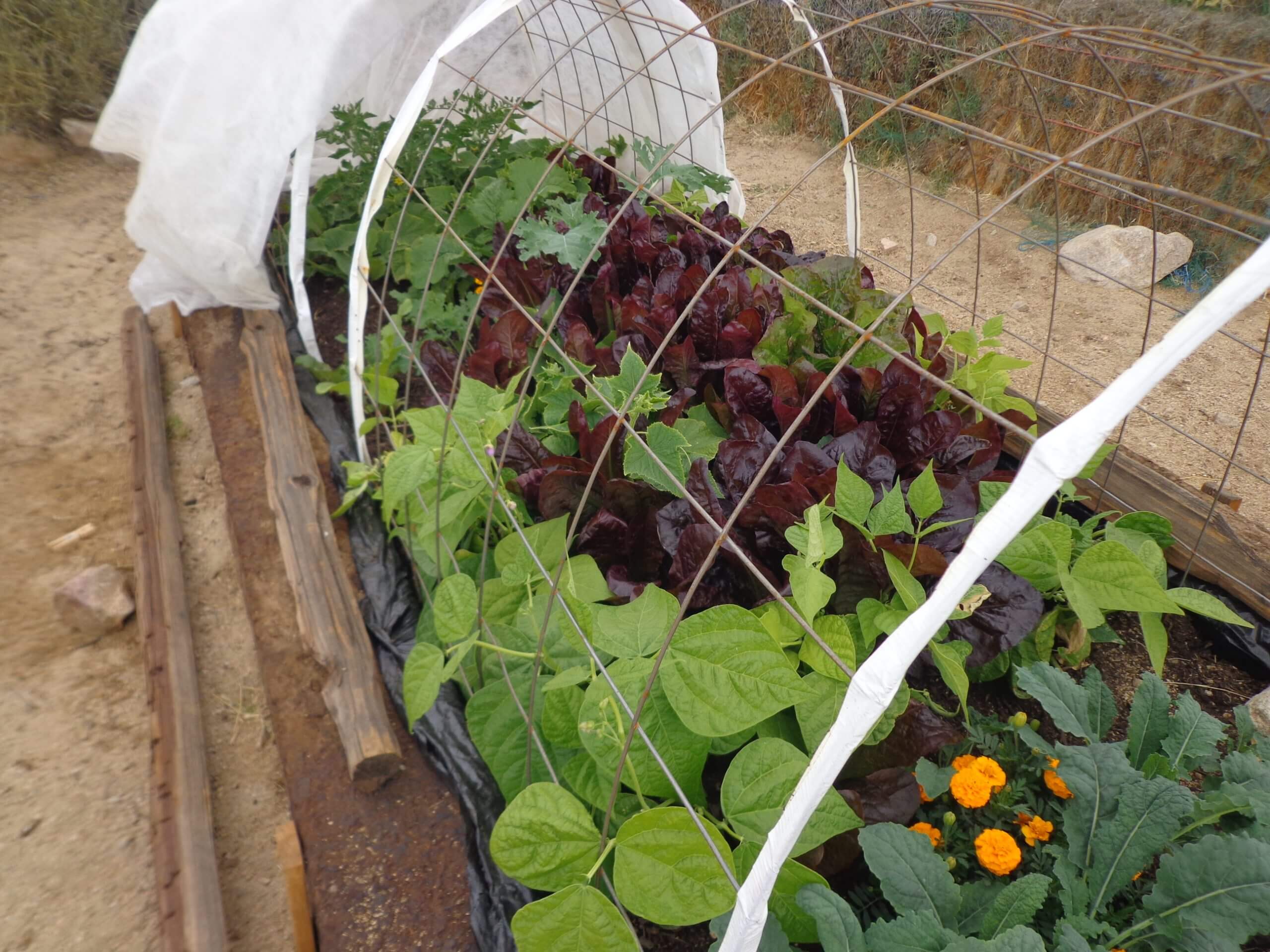
“Hello, I have fescue grass, but I also have Bermuda weeds growing within. Last year I had the area dug up, Round-Up sprayed, new sod put in. Now the Bermuda weed is back. How do I get rid of it? Some suggested I put St. Augustine grass plugs, and it will rid the weeds, but I have heard it turns brown in the winter. Any suggestions would be appreciated.” Question from Cliff Pearce of Riverside, California
Answer: When planted side-by-side, Bermudagrass (Cynodon dactylon, Zones 7-10) will always win over fescue (Festuca spp., Zones 3-9). Fescues are finer, less aggressive grasses relative to Bermudagrass, which is a tough, broad-bladed grass that can quickly grow out of control without maintenance. Even worse, Bermudagrass roots can grow to a depth of 6 feet or more, so it is hard to kill. Clearly, the Round-Up (glyphosate) did not kill it to the root.
How to Kill Bermuda Grass
From what I have gathered, there are three good ways to kill this grass: smother it, solarize it, or use a strong selective herbicide. It would be easy to solarize in the hot California sun. To do this, mow the area low and then simply cover it with an impermeable layer of thick clear plastic. Use landscape pins to hold it down. Keep it in place for four weeks or more, until the grass below has died. In theory, this method will kill it to the root. (Click here for more details.)
If you would prefer using a selective herbicide, consult with a local lawn specialist. Mighty potent herbicides are needed to kill Bermudagrass, and you don’t want to handle them yourself.
Your Lawncare Options
- Really kill the Bermudagrass, and replant once more with fescue. If you took this route, I recommend patching the area with a fresh piece of healthy fescue sod for the best results. Black Gold Canadian Sphagnum Peat Moss is a great amendment to apply for better grass seed or sod establishment.
- Replant with tougher lawn grass. Consider a lawn of the drought-tolerant ‘UC Verde’® Buffalograss (Bouteloua dactyloides), a University of California introduction specially bred for many southern California climates. I believe that in Southern California, it will remain green with good care. It is low-growing, native, Waterwise, and attractive. St. Augustine grass is also tough, but it is susceptible to fungal diseases and does turn brown in winter.
- Accept that keeping a monoculture lawn is a headache and tolerate the Bermudagrass. If you are a diehard lawn person, then ignore me here, but my lawn is full of clover, mixed grasses, and even violets, and I’m fine with my imperfect lawn, as long as it is well-cut and tidy. The bees also like it better.
I hope that some of these tips help.
Happy lawn care!
Jessie Keith
Black Gold Horticulturist


 My desert garden is the worst case scenario, and I like it that way. When I test plants and products for gardens, they go through the wringer…literally. I want to know how far I can push things before they fail.
My desert garden is the worst case scenario, and I like it that way. When I test plants and products for gardens, they go through the wringer…literally. I want to know how far I can push things before they fail. Coir is a byproduct of coconut processing. It is the stringy brown fibers that composed the husk, and these are stripped off when coconuts are processed. When finely ground, this material is proving the most absorptive material available, and yet it won’t pack down over time to cause drainage problems. Best of all, it is recycled, not mined.
Coir is a byproduct of coconut processing. It is the stringy brown fibers that composed the husk, and these are stripped off when coconuts are processed. When finely ground, this material is proving the most absorptive material available, and yet it won’t pack down over time to cause drainage problems. Best of all, it is recycled, not mined.